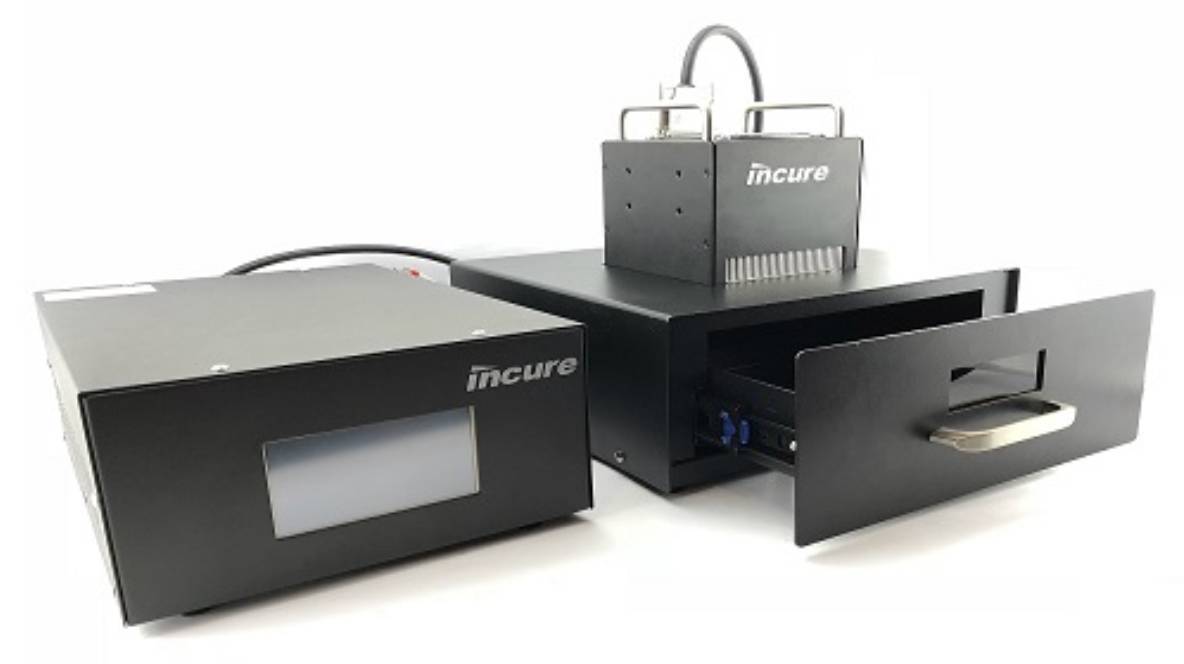Optimize Your UV Curing Process: Essential Equipment Maintenance Tips
Introduction
UV light curing is a rapid and efficient method for curing inks, coatings, and adhesives. However, to maintain optimal performance and product quality, regular equipment maintenance is crucial. This blog post will explore the importance of UV curing equipment maintenance, common issues, and practical tips to keep your equipment running smoothly.
The Importance of UV Curing Equipment Maintenance
Proper maintenance of your UV curing equipment is essential for several reasons:
- Improved product quality: Consistent curing is achieved through well-maintained equipment, leading to superior product finishes.
- Increased productivity: Regular maintenance prevents unexpected breakdowns, minimizing downtime and maximizing production efficiency.
- Longer equipment lifespan: Proper care extends the equipment’s life, saving you money on replacements.
- Energy efficiency: Well-maintained equipment operates optimally, reducing energy consumption.
- Safety: Regular inspections identify potential safety hazards, protecting operators.
Common Equipment Maintenance Issues
Several factors can impact the performance of your UV curing equipment:
- Lamp degradation: Over time, UV lamps lose intensity, affecting curing efficiency.
- Contamination: Dust, debris, and ink buildup can reduce lamp output and damage equipment components.
- Cooling system problems: Malfunctioning cooling systems can lead to overheating and equipment failure.
- Conveyor belt issues: Wear and tear on conveyor belts can affect product movement and curing consistency.
- Electrical problems: Faulty wiring or electrical components can cause equipment malfunctions.
Essential Maintenance Tips
To keep your UV curing equipment in top condition, follow these guidelines:
- Regular cleaning: Clean the lamp housing, reflectors, and conveyor belt regularly to remove contaminants.
- Lamp monitoring: Monitor lamp output and replace lamps when necessary to maintain curing efficiency.
- Cooling system checks: Inspect the cooling system for leaks, blockages, and proper functioning.
- Conveyor belt inspection: Check for wear and tear, and replace belts when needed.
- Electrical safety: Regularly inspect wiring and connections for any signs of damage.
- Lubrication: Apply lubricants to moving parts as recommended by the manufacturer.
- Preventive maintenance schedule: Create a maintenance schedule to track tasks and ensure consistent care.
Conclusion
Implementing a comprehensive equipment maintenance program is essential for the success of your UV curing operations. By following these tips and addressing potential issues promptly, you can optimize your equipment’s performance, improve product quality, and extend its lifespan.
Ensure peak performance in your industry/application with regular maintenance or an upgrade to Incure UV conveyor system. Enhance efficiency and extend longevity. Browse Replacement Parts or View Upgrade Solutions. Contact Us for personalized guidance and tailored recommendations. Visit www.incurelab.com to learn more or request a quote.”
